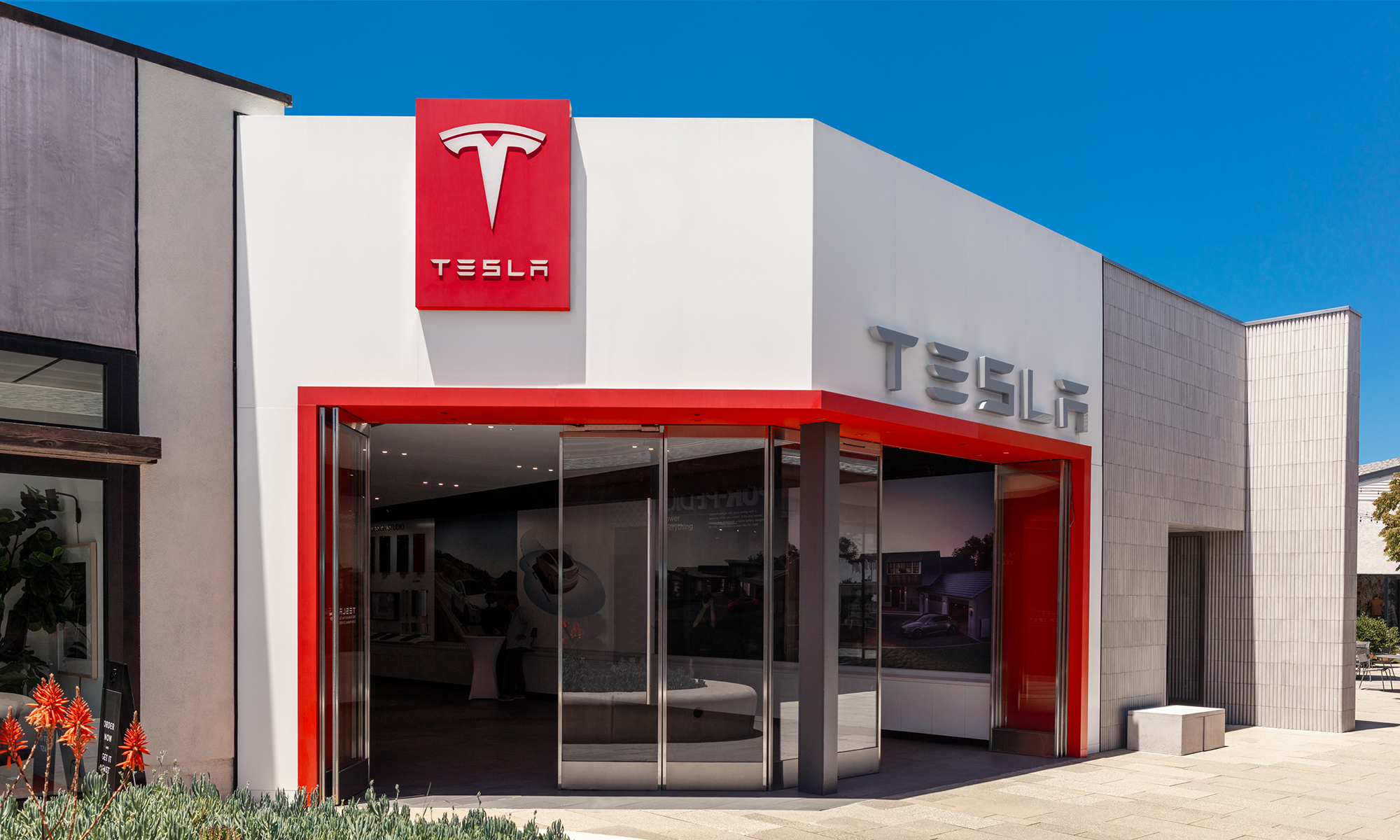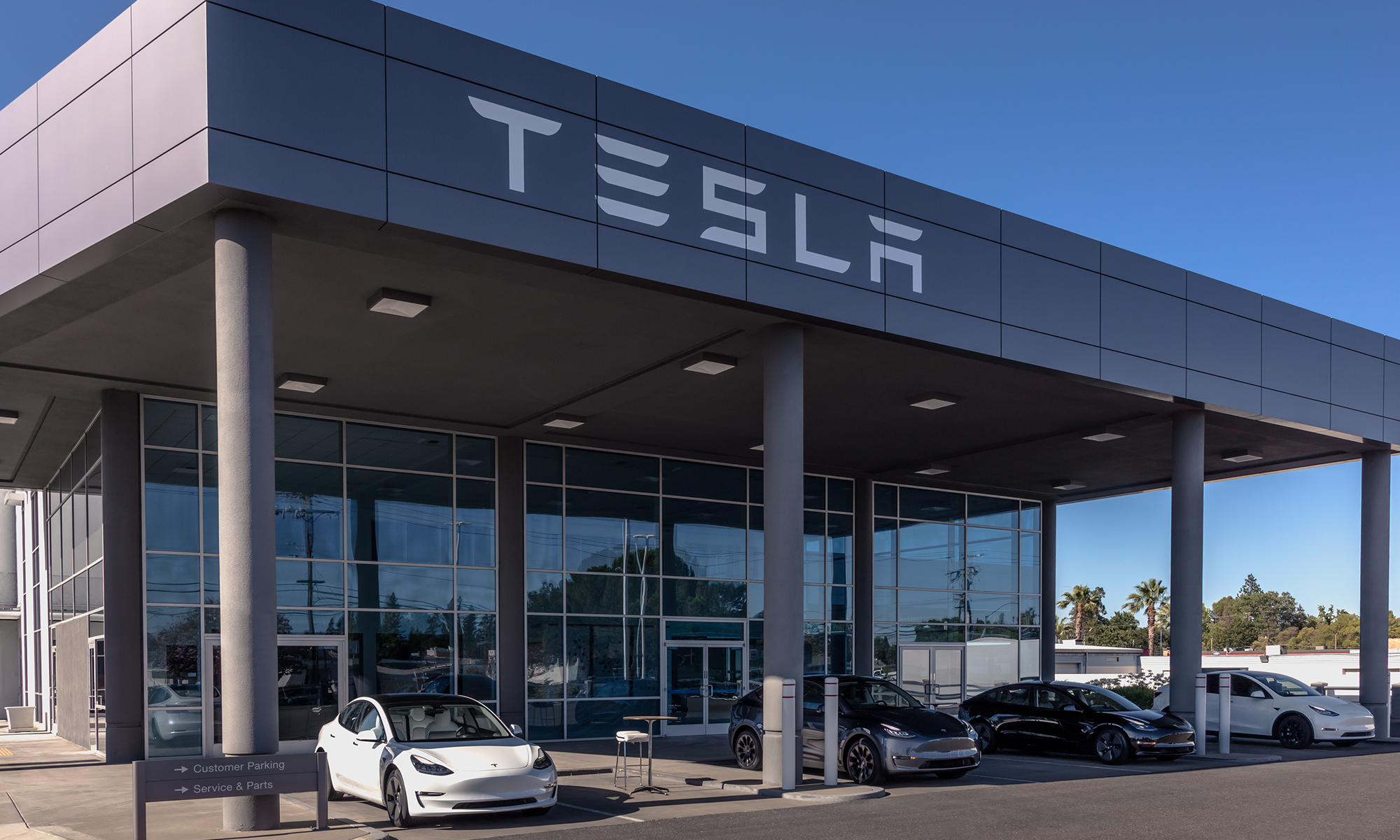Tesla Motors' (TSLA +4.17%) fires continue to get loads of attention from the media -- arguably too much, in fact. But what hasn't received much attention is Tesla's ability to rapidly address potential issues with a simple software update or, as Tesla refers to them, over-the-air updates. The latest example of the company's over-the-air updates encapsulates just how useful the technology is.
An instant safety upgrade
The first update came after three battery fires were reported in five weeks. It gave the Model S air suspension greater ground clearance at highway speeds. The update addressed the two fires that resulted from driving over objects on the highway. Now, Tesla is back with another -- this time, addressing potential issues that could occur outside of the Model S.

Model S 17-inch display, where software update notifications are displayed.
This week, a Tesla Model S owner tweeted an image of the update he received. The update's description was obviously nodding toward a recent garage fire that occurred when a Model S was charging.
Some quick background on the fire: While Reuters reported that the garage fire may have been caused by an overheated charging system from the Model S, Tesla refused to take the blame. The company said that, after it inspected the site, car, and logs, the car, battery, or the charging electronics did not cause the fire; the damage was on the wall side, Tesla asserted. A review of the logs showed that the battery was charging normally, with no fluctuations in temperature, or any electrical malfunctions.
Despite dodging blame, Tesla addressed the issue, anyway. With a simple update, the problem may no longer be something to worry about for any Model S on the road.
The update description seemed to have two purposes. First, it addressed the issue. Second, it cleared up the fact that the Model S did not cause the garage fire. In the quoted update description below, the emphasis is mine.
If the Model S onboard charging system detects unexpected fluctuations in the input power to the vehicle, it will automatically reduce the charging current by 25%. For example, this will reduce a 40 amp charge rate to 30 amps.
This charge is designed to help protect you even when a problem exists that is outside of the car or charging electronics. It should significantly increase robustness and safety in the unlikely situation that a home wiring system, receptacle, adapter or cord is unable to met its rated current capacity.
Preventing recalls
Though I wouldn't consider Tesla left for dead if the company had to issue a recall, it could certainly pose a problem in the short term. With only one model in production, a major recall for a vehicle defect could put stress on cash flow, and dampen demand.
On that note, these demonstrated updates are good news for investors. It minimizes chances of recalls. Both of these recent updates have essentially improved the safety of the Model S without even taking the vehicle into a shop.
Welcome to the future of auto service.






